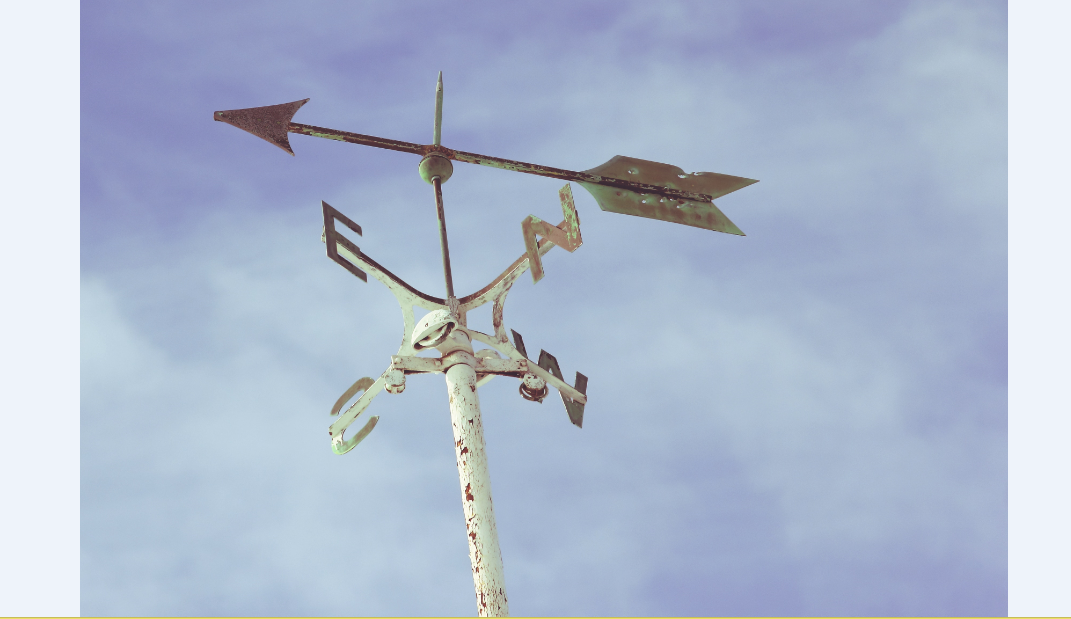No Selective schools in Finland
Last week we looked at some of the differences that exist between the Finnish and Australian Education Systems. (Finland is ranked 6 th in the world in mathematics. Whereas, Australia by comparison is ranked 27 th, on the OECD measured PISA test). One stark difference being that Finland has a totally homogeneous schooling system. There are no private schools or selective schools allowed. And EVERY student attends his/her nearest State school.
Selective schools in Australia
Australia has adopted a totally different approach to Finland, with a diversity of State and private schools and further demarcations in the State schools as well. NSW has diversified its State schools more than any other state, with a proliferation of ‘Selective High Schools’ and OC classes in many primary schools. Entry to these selective schools is via aptitude tests administered by the Department of Education in March each year.
Through personal contacts, I can confirm that the year 7 cohort at James Ruse Agricultural High School. The top selective school in NSW, in one year in particular, every student admitted that they had been coached over a number of years in preparation for the selective school entrance examination.
Who benefits from this system and at what cost?
Who benefits from this system and at what cost? The student who enters the selective school has cohorts who, like him/herself are committed to gain entry into university. Although this may not be everyone’s goal. So there is definite benefit for a few. What about the student who lives near the selective school but does not gain entry there? That student must travel by public transport to a distant school Just as many of the students at the selective school must travel to attend.
Travelling students place an extra burden on the public transport system at cost to the tax- payer. An excellent example is Penrith Academically Selective High School, wherein many students travel from anywhere between Katoomba and Epping, to attend the 27 th Ranked school in the state.
For the students at the extremities of this geographical spread, their average school day consists of a minimum of 2 hours of transport to and from school. 5 days a week equating to 10 hours a week. Just removing this impost would bring benefits to the travelling public of Sydney and the State budget as well as providing students with a more productive and less taxing school life.
The educational benefits of selective schools are very much open to debate. And naturally, it should be tested by genuine research and examination.
See: The Weekender (Page 55)

